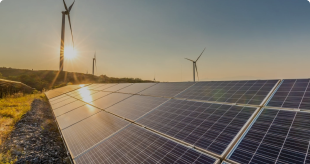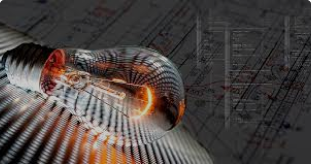The energy system is a complex organism. If your building is without power while a neighboring building still has electricity, this usually reflects the technical characteristics of the energy equipment, which determine the sequence in which supply restrictions are applied.
If a line is damaged, energy specialists look for alternative ways to supply electricity, using backup lines to bypass the damaged section.
No energy worker has any interest in leaving someone without power longer than necessary.
The goal is not to restrict electricity, but to restore the network as quickly as possible. While this may seem unfair at times, it is the only way to repair damaged infrastructure and preserve the existing system for the future.
Different buildings on the same street — or even different entrances of the same building — may be connected to different power lines.
All outage schedules are designed to ensure the operation of critical infrastructure, such as district heating networks, pumping stations, hospitals, military facilities, metro systems, surface electric transport, and other essential services. These facilities are often connected to the same line as residential buildings, so those buildings also remain powered.
In other words, buildings on lines that feed critical infrastructure are not disconnected, because energy workers switch off lines, not individual buildings.
Important points to know:
- Critical infrastructure facilities (hospitals, water utilities, military units, etc.) are not disconnected.
- Residential buildings connected to the same lines as critical facilities will continue to have electricity.
- Hourly outage schedules and the list of essential facilities are approved by the Regional Military Administration (RMA), while the Cabinet of Ministers of Ukraine defines critical infrastructure.
- Energy workers operate 24/7 to isolate damage, perform backup switching, and restore power as quickly as possible.
- To ensure operational flexibility under system constraints, energy workers implement outages at the substation and distribution point level.








